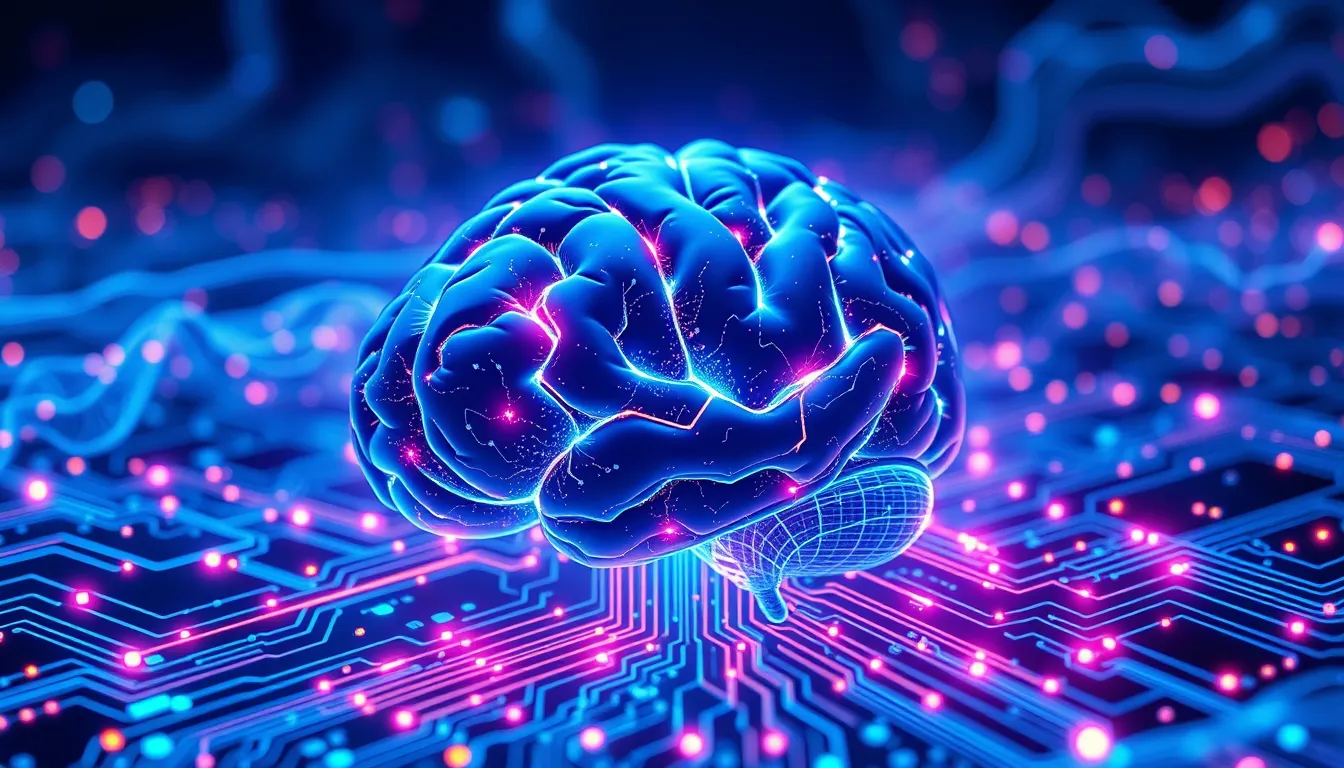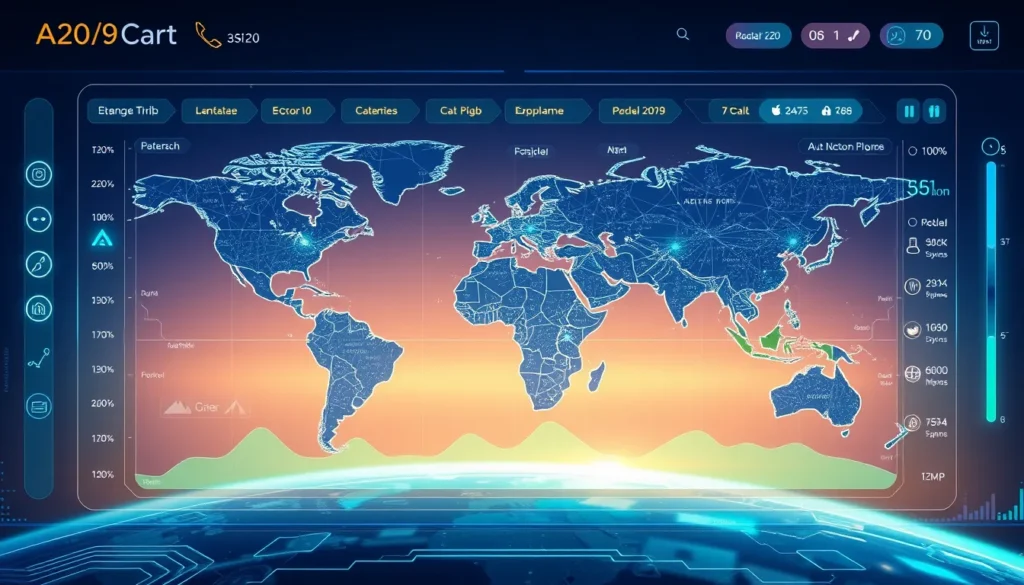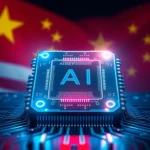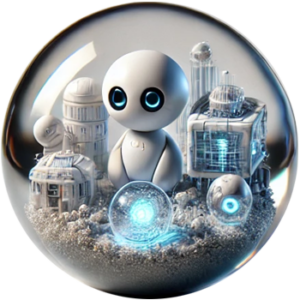Now Reading: Continuous Learning AI: Adaptive, Self-Evolving Intelligence
-
01
Continuous Learning AI: Adaptive, Self-Evolving Intelligence
Continuous Learning AI: Adaptive, Self-Evolving Intelligence

Continuous Learning AI: Adaptive, Self-Evolving Intelligence
Continuous learning AI is revolutionizing the way we think about machine intelligence. In this article, we explore how continuous learning AI not only adapts in real time but also self-evolves to meet dynamic challenges across various industries. As technology evolves, the idea of an AI model that never stops learning becomes increasingly relevant, inspiring new innovations in adaptive machine intelligence and real-time AI model development.
Understanding Continuous Learning AI
At its core, continuous learning AI is built on the principle of perpetual adaptation. Unlike traditional AI systems that rely on periodic updates, continuous learning AI integrates new information seamlessly as it becomes available. This continuous updating mechanism ensures that the AI adapts to emerging trends instantaneously, offering insights that are in tune with real-world dynamics. By using a combination of self-evolving algorithms and real-time data processing, this technology transforms how machines interact with and respond to changing environments.
One of the most compelling aspects of continuous learning AI is its ability to function as an AI model that never stops learning. This characteristic allows the system to improve its predictive accuracy over time. With every new data point, the AI refines its algorithms, making it increasingly effective at solving complex problems. This self-evolving process paves the way for enhancements in industries ranging from healthcare to finance and education.
Key Features of a Self-Evolving AI System
Continuous learning AI leverages several key features that set it apart from static models:
- Real-time Data Integration: The AI continuously updates its knowledge base with incoming data, ensuring that its predictions and decisions are up-to-date.
- Adaptive Machine Intelligence: By adjusting its algorithms based on new information, the system remains agile and responsive to changing conditions.
- Dynamic Scalability: Whether for a small startup or a large enterprise, continuous learning AI can scale efficiently to handle vast amounts of data without performance loss.
- Self-Evolution: This unique feature, often described as an AI model that never stops learning, allows the system to independently refine and optimize its processes over time.
These features have positioned continuous learning AI at the forefront of technological innovation, driving forward applications that require immediate decision-making and adaptive responses.
Applications of Continuous Learning AI
The impact of continuous learning AI is most obvious in fields that demand real-time processing and rapid adaptation. Below are some key areas where this technology is making significant strides:
Real-Time Adaptation in Healthcare
In healthcare, continuous learning AI is transforming patient care. By analyzing enormous volumes of medical data, such as patient records and diagnostic imaging, the system can offer more accurate diagnoses and personalized treatment plans. For instance, a real-time AI model in healthcare can spot subtle changes in patient data, potentially identifying emerging health issues before they become critical. This proactive approach not only improves patient outcomes but also streamlines the overall healthcare process.
Adaptive AI in Finance and Education
The finance sector benefits immensely from adaptive machine intelligence. Continuous learning AI helps in identifying market patterns and real-time fluctuations, allowing financial institutions to make informed decisions swiftly. Similarly, in education, adaptive AI personalizes learning experiences, tailoring educational content to each student’s pace and understanding. This flexibility ensures that learners receive material that best suits their needs, leading to improved educational outcomes.
Overcoming Challenges and Looking Ahead
While the benefits of continuous learning AI are profound, it is important to consider the challenges that accompany this technology. Issues surrounding data privacy, security, and ethical use of AI are ongoing concerns that need to be addressed as this technology matures. Researchers and industry experts continue to explore ways to balance the tremendous benefits of self-evolving AI with strong safeguards to protect sensitive information.
Another critical challenge is ensuring that the system’s continuous evolution does not lead to unintended biases or errors. Maintaining transparency in how data is processed and decisions are made is essential for building trust among users and regulators alike.
Looking towards the future, the role of continuous learning AI is expected to expand dramatically. As industries continue to face complex and rapidly evolving problems, the ability to adapt in real time will be an invaluable asset. With advancements in adaptive AI for finance, healthcare, and beyond, we can anticipate a new wave of innovation that leverages technology to solve some of our most pressing challenges.
The Broader Impact of a Self-Evolving AI System
The promise of continuous learning AI extends well beyond individual sectors. By fostering an ecosystem where AI systems are in a constant state of evolution, we are laying the groundwork for a future where human and machine intelligence work hand in hand. This synergy can fuel further breakthroughs, driving progress in areas such as smart cities, autonomous transportation, and precision medicine.
Moreover, flagship media outlets like Wired have recognized the potential of an AI model that never stops learning. As the conversation around adaptive machine intelligence grows, continuous learning AI is set to become a cornerstone of modern technology, defined by its resilience, adaptability, and visionary approach.
Conclusion
In summary, continuous learning AI represents a paradigm shift in how we approach machine intelligence. Through its ability to continuously evolve and adapt, it breaks free from the confines of traditional static systems. The integration of real-time data processing, adaptive algorithms, and inevitable self-improvement exemplifies the future of AI technology. As industries adopt these versatile systems, we can expect not only improved operational efficiencies but also a significant enhancement in the way solutions are devised to tackle modern challenges. Continuous learning AI is not just a technological advancement—it is the herald of a new era in intelligent, responsive machine design.

























